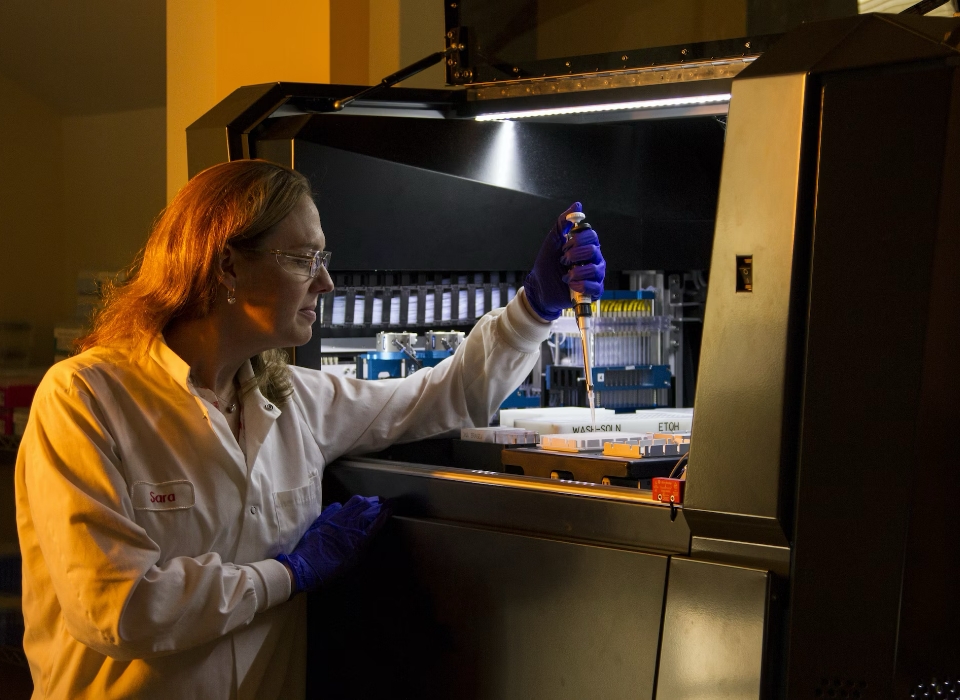Objectives:
The overarching goal was to employ statistical colocalization as a means to elucidate the causal genes and underlying mechanisms implicated in complex diseases. This objective involved bridging the gap between genome-wide association studies (GWAS) and biological interpretations by prioritizing variants likely to be causal, assessing genetic overlap among related traits, and discerning the presence of pleiotropy. Through the deployment of innovative algorithms like HyPrColoc, which efficiently analyzed vast amounts of GWAS summary statistics, researchers aimed to accelerate the identification of genetic regions associated with diseases, ultimately facilitating the discovery of novel therapeutic targets and advancing our understanding of complex diseases.
Solutions:
- Introduction of HyPrColoc (Hypothesis Prioritisation for multi-trait Colocalization), a deterministic Bayesian algorithm, to address the analytical challenge.
- Leveraging GWAS summary statistics, HyPrColoc efficiently discerns colocalization across multiple traits, exhibiting groundbreaking computational speed.
- Integration of gene and protein expression quantitative trait loci (eQTLs and pQTLs) into the analysis to nominate candidate causal genes and move towards biological interpretations.
Challenges:
- Unveiling causal genes and underlying mechanisms amidst the vast genomic regions implicated in complex diseases.
- Assessing genetic overlap between related traits while considering the presence of pleiotropy.
- Prioritizing variants likely to be causal and discerning colocalization across numerous traits concurrently.
Impact:
- Identification of previously unrecognized genomic regions associated with coronary heart disease (CHD) through genome-wide multi-trait colocalization analysis.
- Discovery of potential new targets for therapeutic intervention, shedding new light on the genetic architecture of CHD.
- Integration of eQTLs and pQTLs represents a pivotal step towards moving from statistical associations to biological interpretations.
- HyPrColoc serves as a potent tool for researchers, offering a high-throughput, nuanced analysis to accelerate understanding of complex genetic underpinnings of diseases.



